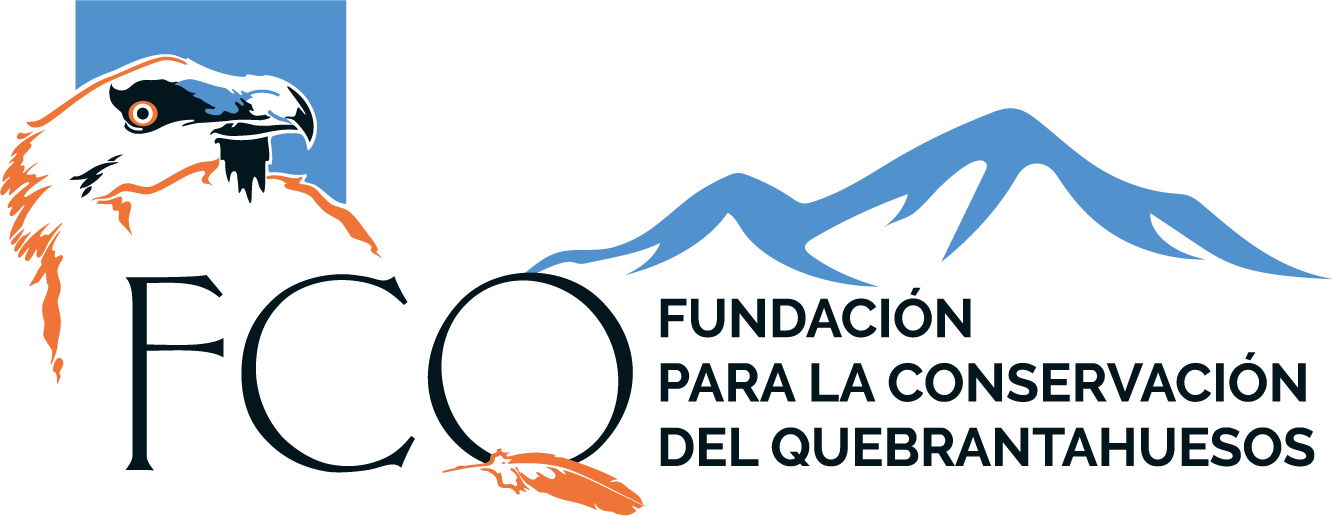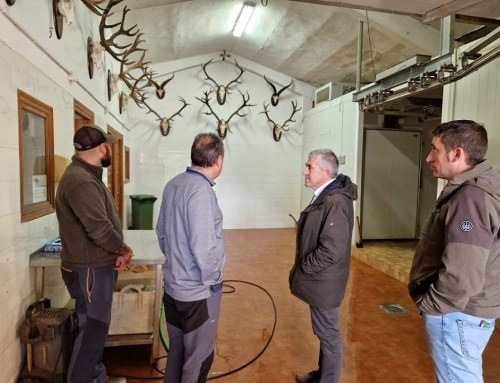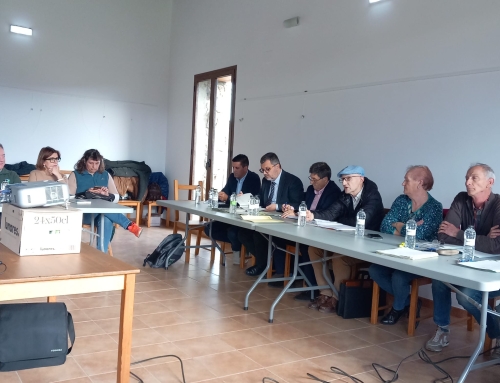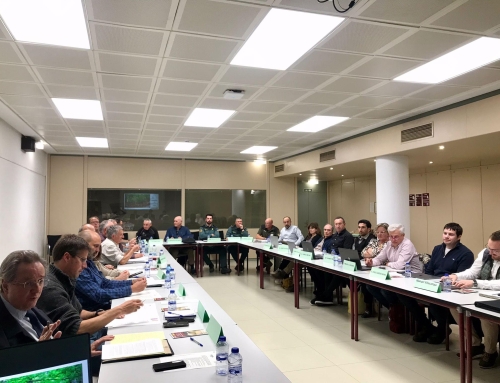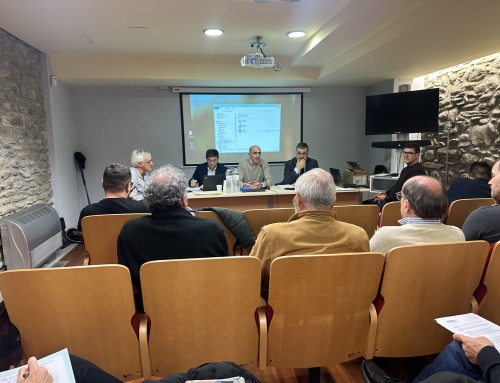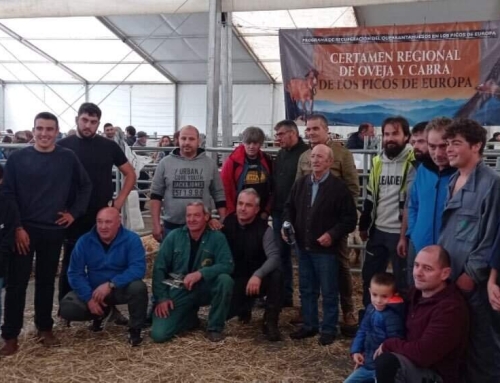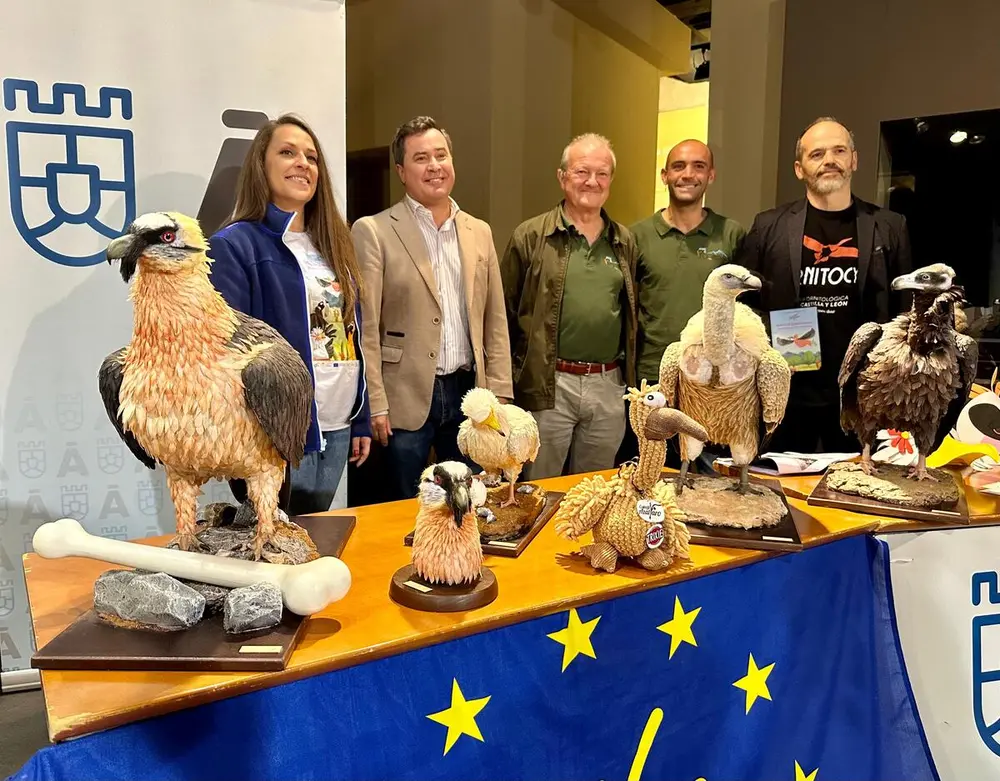
Five bearded vultures are already flying in the sky of Gredos.
The Diputación de Ávila presents, together with the Colectivo Azálvaro and the foundation that protects this necrophagous bird, an educational project focused on this bird that will reach a thousand children in the province.
Five bearded vultures are already flying in the sky of Gredos. They are called Zapardiel, Chilla, Benemérita, Risco and Galana and represent the future of the bearded vulture not only in Avila, but in all of Spain. They are the five specimens (three females and two males) that already fly over the skies of Gredos, thanks to the recovery project launched in our province by the Bearded Vulture Foundation, through its ‘Life’ project. A project that was discussed this Thursday in the Provincial Council, in the context of the presentation of the educational and environmental project ‘Galana, the Bearded Vulture that dreamed of flying accompanied’. “The ‘Life’ project seeks to recover the population of bearded vultures in their former areas of distribution,” explained Carlos Sunyer, technical advisor to the Foundation for the Conservation of the Bearded Vulture. One of these areas is none other than the Sierra de Gredos and its surroundings, hence in 2022 Galana and Risco were brought from the Pyrenees, the first two specimens introduced into the Avila ecosystem, and which were joined last year by Zapardiel, Chilla and Benemérita.
“The adaptation of the bearded vultures is a titanic effort on our part”, Sunyer referred to the work carried out by the members of the ‘Life’ project, “because we have to make up for the attention of the parents”. And to do so, moreover, with the smallest possible presence, to facilitate the adaptation of a species in danger of extinction. “The Gredos team is committed to caring for these birds without direct contact,” explained the technician during the first months of life of the chicks. With five birds already flying over Gredos, and even reaching the Sierra de la Estrella, in Portugal, or the Sierra de Guadarrama in Madrid, the plan is to increase the colony in Avila to 15 or 20 birds by 2027. To this end, it is planned to continue with the release of bearded vultures: four, with the possibility of a fifth this year. “The objective is to create a self-sufficient population,” Sunyer continued, breaking down the ‘Life’ project, which also mentioned another of its main intentions: to achieve the interrelation of the four colonies that our country has, in Gredos, the Sierra de Cazorla, the Pyrenees and the Picos de Europa. “The truth is that in four years the project is going well, and no specimen has died”, Sunyer applauded the successes of a team that includes, for example, Juan Revesado, in charge of ‘accompanying’ the vultures of Avila in their evolution. He knows well the satellite and radiofrequency control systems that the birds carry and that allow them to know where they are, their movements, their moulting or how they relate to other species. Of course, their feeding is not neglected in this observation. They are necrophagous birds that count, when necessary, with help to get the bones with which they feed. Birds that, when they are self-sufficient, find their best food in the goats of Gredos. At present, there are just over 200 pairs of bearded vultures living in Spain. “The population has increased since the 1980s,” Sunyer refers to the beginnings of the ‘Life’ project. Incidentally, Sunyer also pointed to the benefits that the presence of a powerful bearded vulture colony in Avila will have on tourism within “two or three years”. “It will be one of the few places where you will be able to see the four necrophagous species in the country: the griffon vulture, the black vulture, the Egyptian vulture and the bearded vulture”.
Ladillo. Although it is only the latter that focuses the educational campaign ‘Galana, the bearded vulture who dreamed of flying accompanied’, which is already underway in schools in Avila and is expected to reach a thousand children. “This educational resource seeks to promote the conservation of the bearded vulture and its habitat,” said Jesús Martín, vice president of the Provincial Council, who stressed “the great ornithological biodiversity” of the province, not only for its variety of ecosystems, but also for being a passage of migratory birds. “This is a comprehensive educational experience,” explained Martín, who was accompanied by Irene Jara, from the Colectivo Azálvaro and promoter of the activity. “The children are the main focus and the driving force for the conservation of species,” she emphasized the importance of bringing these projects to the youngest. But she also spoke of the importance of “generating a feeling of rootedness and permanence” in children, through caring for their environment. “We came from the ‘Reciclaves’ project, which gave value to the vultures as great recyclers, and now we specialize in the bearded vulture”, Jara described her work, who also described how she works in schools and CRAS in Avila: with workshops, cut-outs and games. By the way, this project will also be taken to the Casas del Parque and Ornitocyl.
Source:
